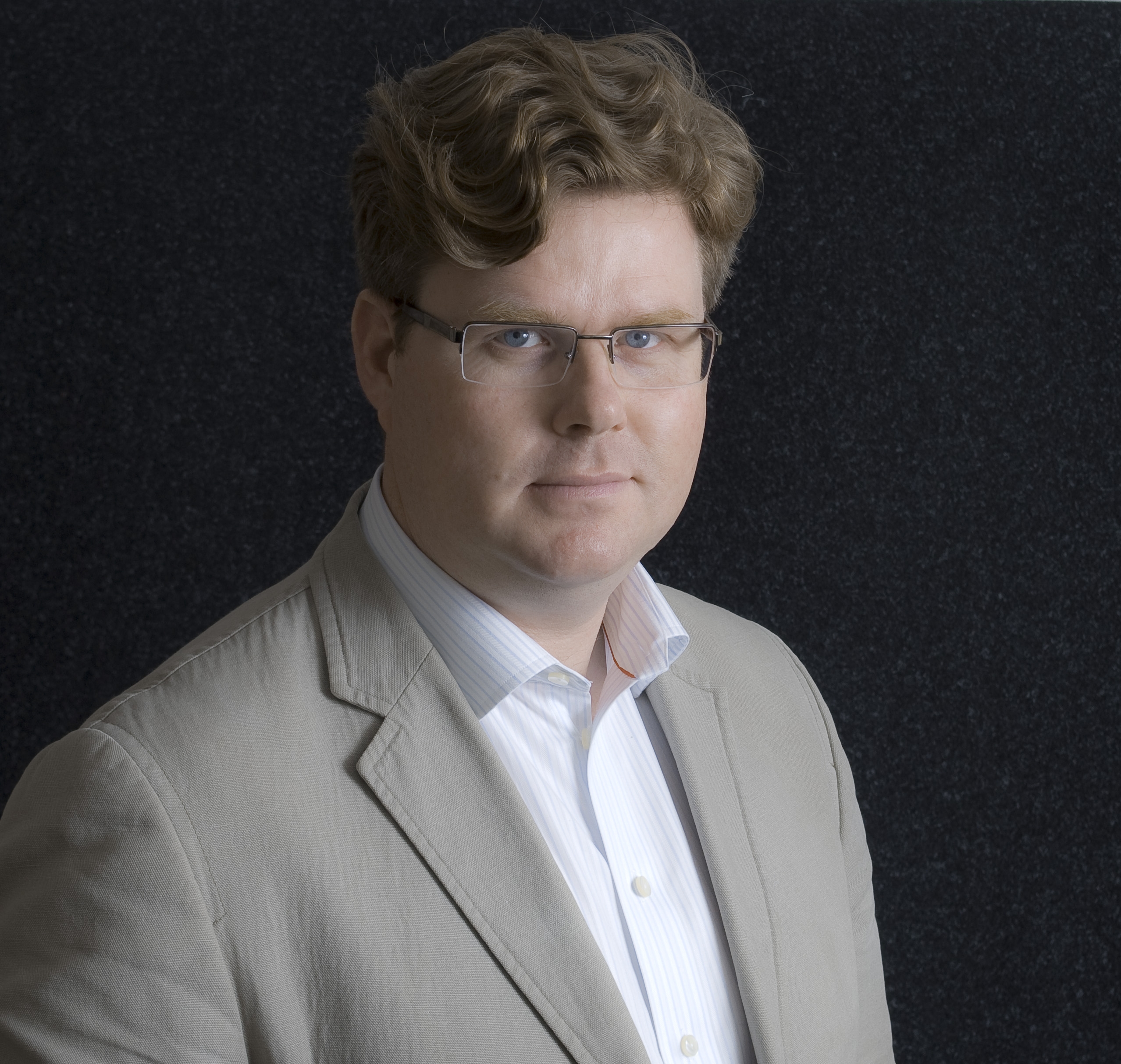Sweden ends the use of preferential treatment
Gender will no longer count when students are admitted to Swedish universities and university colleges. Sweden’s Minister for Higher Education and Research Tobias Krantz says that preferential treatment based on gender has hit talented female students especially hard.
The Swedish Government has ended the practice of allowing higher education institutions to take gender into account in the admission process. The change took effect on 1 August 2010 and will effect admissions beginning in the spring semester 2011.
Since 2006, Sweden has prohibited the use of quotas when granting admission to higher education institutions. Specifically, it has not been lawful to give preference to applicants with lower qualifications on the basis of factors such as gender and ethnicity. According to a provision in Sweden’s Higher Education Ordinance, however, it has been lawful to use gender as a selection criterion when all other factors are equal and the objective is to achieve a more gender-balanced student body. A number of universities and university colleges, such as the Karolinska Institutet (KI), the University of Gothenburg and Lund University have made use of this provision when granting admission to some of their study programmes.
This provision has now been rescinded on the grounds that in practice the use of gender as a criterion in the admission process has had a discriminatory effect.
“The system has failed completely. The goal was to counteract differences at the institutions, but instead it has had the opposite effect and has hit the talented female students especially hard,” said the Swedish Minister of Higher Education and Research Tobias Krantz on 18 March 2010, when the Government announced its decision to disallow the use of gender as an admission criterion. On 2 June 2010, the Government announced its decision in the Swedish Riksdag.
Male applicants benefit the most
According to a report by the Swedish Centre for Justice in October 2009, this type of preferential treatment especially benefits male students in medicine, dentistry, psychology and law. The centre examined the country’s educational institutions and found that 29 of 35 universities and university colleges in Sweden incorporate preferential treatment based on gender in their admission process. The report states that 5,375 persons have faced more gender-biased competition when applying for studies at higher education institutions in Sweden. Ninety-five percent of these cases involve female applicants.
“Women have higher marks and apply in larger numbers for admission to universities and university colleges. This is the reason that they have been affected by this practice,” says Gunnar Strömmer, founder and Executive Director of the Centre for Justice.
The practice gained widespread attention when a woman who was denied admission to veterinary studies reported her case to the Swedish anti-discrimination ombudsman.
“She had the highest marks, but she knew that the competition was keen and that she had no guarantee of being admitted. It was only when she saw the list of applicants and learned that all the men had been placed at the top of the list that she reacted,” explains Strömmer.
Sued for discrimination
This was the start of a benchmark lawsuit. In 2007, 44 women sued the Swedish University of Agricultural Sciences (SLU) for unlawful gender discrimination. All the women had applied for admission to the veterinary programme in 2006 and 2007 under a separate folk high school quota scheme and had the highest marks. Despite this, none of them were admitted in either of the years. The reason is that the university used a “weighted lottery” in the admission process. Since the male applicants were in the minority, they had a six-times greater chance than the women of getting a study space under this procedure. As a result, only men were admitted via the folk high school quota scheme. The women won the case, and each was awarded SEK 35,000 in damages. Both the district court and the Svea Court of Appeals ruled that in this case the practice violated anti-discrimination legislation.
“When the applicants had equally high qualifications, it was gender that in practice determined who got the study spaces. Since everyone who was admitted had to have the highest marks, it was only the men who were admitted. As a result, the admission process functioned as a gender quota for men,” explains Strömmer.
In the past three years, he and his colleagues at the Centre for Justice have taken legal action on behalf of about 70 women whom they believe have been denied admission on the basis of their gender.
Opposition to the regulatory change
Most people in Sweden agree that the way these institutions applied gender in their admission process was not good practice. However, not everyone agrees that the provision allowing the use of preferential treatment should be rescinded. The Equality Ombudsman (DO) is one of several consultative bodies that advised against amending the regulations.
“We believe that the institutions have acted unlawfully in the cases in question, but this does not mean that we must prohibit the use of all types of preferential treatment when granting admission to studies,” says Marie Nordström at DO.
In its advisory statement, the DO states that it would be wrong to totally eliminate the option of employing preferential treatment on the basis of the recent court cases. They point out that EU law and Sweden’s Discrimination Act allow university colleges and universities to use a weaker form of preferential treatment. According to the DO, this may be an effective method of promoting gender equality in the higher education sector, but that it must be done in a way that does not conflict with anti-discrimination principles.
Nordström emphasizes that regulatory change was not closely scrutinized prior to the decision and that the issue of EU law is especially crucial in this context.
“EU law permits gender to be taken into account in the hiring process, but gender must be just one aspect of an overall assessment of all the merits. We still know very little about the degree to which this practice can be transferred to the admission situation at the institutions,” she says.
Nordström will not specify what measures this might involve in practice, but she believes that in principle it is important that preferential treatment remains an option. Rather than amending the regulations, the DO prefers that Swedish universities and university colleges be informed about which lawful measures they can use to promote gender balance in the student body.

Limited opportunities
Gunnar Strömmer criticizes the DO for being one of a few consultative bodies that opposed the regulatory change. He thinks that the ombudsman has been very unclear about the type of preferential treatment the institutions can use, and says that it is not possible to get a clear answer from them.
“The practice which has been ruled unlawful has been quite widespread among the educational institutions in Sweden. This shows that the DO has not been capable of informing them about the type of preferential treatment available to them. As I see it, gender can only be a criterion when two individual applicants with equal qualifications are assessed in relation to each other. It is rare that this will be the case when granting admission to studies, and viewed in this light the measure will have a negligible impact. This is another reason I react when the DO states that it is so crucial to keep it.”
“Then what do you and your colleagues think should be done to even out the gender distribution of the students in the various subject areas?”
“In my opinion, discriminatory admission rules can never be an acceptable method of achieving better gender balance. An uneven gender distribution does not occur at the time of admission; the pattern is established long before that. If we are going to implement measures, we need to target these towards the situation at the primary and lower secondary school level.”
“I also think that we must ask ourselves whether an even gender balance should always be a goal in itself. For some study programmes, such as early childhood education and psychology, it might be important to educate both women and men. But why it is problematic that more women than men want to be veterinarians?” asks Strömmer.
Students oppose the change
The Swedish Association of Student Unions (SFS) has been critical of the regulatory change. Like the DO, the SFS believes that the admission practice which has been ruled unlawful has not involved preferential treatment, but rather a form of gender quota. In its advisory statement, the SFS writes that the unacceptable practice in the cases mentioned must not overshadow the vital role that preferential treatment can play.
The SFS also sees a risk that the public debate and the court rulings in Sweden may cause the institutions to be apprehensive about working actively for gender equality. Klas-Herman Lundgren, head of the SFS, writes in his blog that gender equality in the higher education sector is important for gender equality in society as a whole, and he calls for new proposals for effective methods that work at the structural level with gender equality in the sector.
Translated by Connie Stultz.
Sweden has amended the regulations governing admission procedures to higher education institutions. Beginning with admission to the spring semester 2011, Swedish universities and university colleges will no longer be permitted to use gender as a selection criterion even if two applicants for a study space are equally qualified.
This comes as a result of the Swedish Government’s decision to amend Section 7 of Sweden’s Higher Education Ordinance which allowed gender to be taken into account in the admission process when all other factors were equal.
